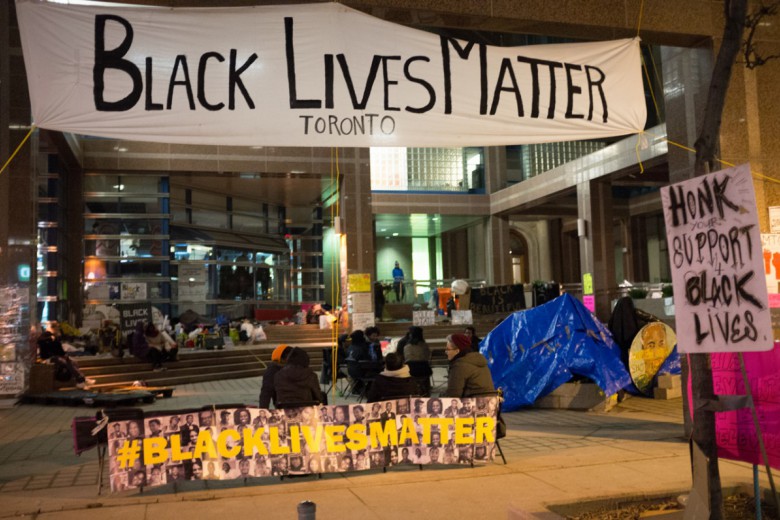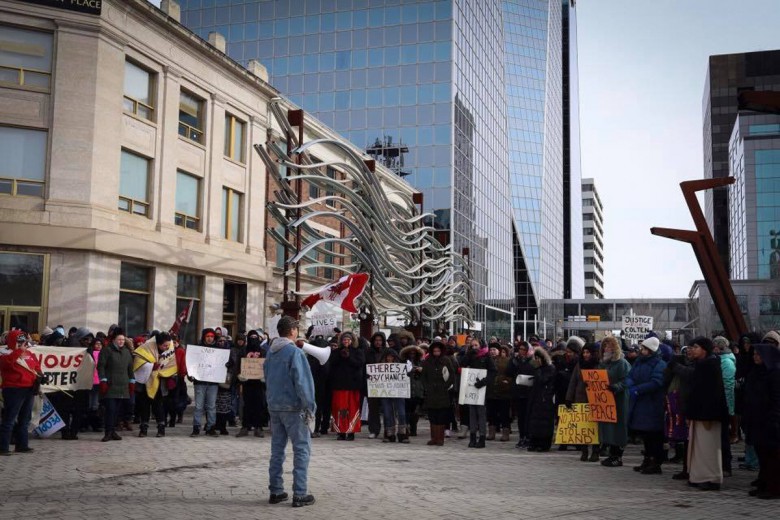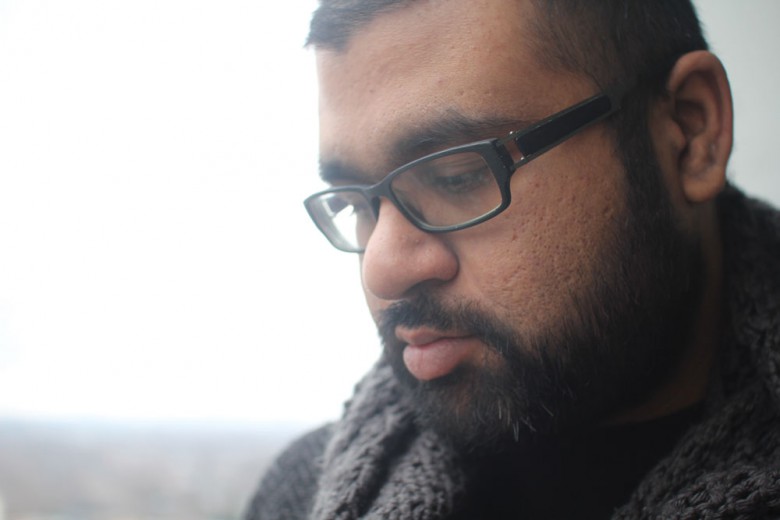
The first step toward addressing an issue is to make it visible. An alcoholic will fail to get sober until he or she admits to having a problem. Slapping around one’s wife was not a punishable offence until it became socially and legally recognized as domestic violence. Visibility is gained through definition, and with visibility comes the power to create social change.
Transgender and gender nonconforming people are just beginning to shed the cloak of invisibility that has shrouded their participation in social and political life. The success of productions featuring middle-class transgender people, like the film Transamerica and the television show The L Word, is opening the door to public conversations that had previously been relegated to academic departments of women’s and queer studies. These popular portrayals are not always politically correct, but they do help to foster the development of an active and visible transgender citizenry working for public recognition of equal rights. Unfortunately, however, transgender visibility seems to be stalled along class lines, a problematic development that advances the rights of a privileged few at the expense of community-oriented movement building.
Similar to queer activism, transgender rights organizing appears to be gaining ground in major metropolitan areas including Washington, D.C., and Toronto. Legal victories for public bathroom access in New York City and anti-discrimination laws in Maine, as well as the election of a transgender mayor in Silverton, Oregon, are certainly cause for celebration. However, the focus on battles that require class privilege means that other battles that would make a significant impact on the majority of poor transgender people have scarcely begun. Would-be transgender activists must often favour their own material conditions above collective advocacy in order to simply survive — a position working-class feminists and feminists of colour have been arguing for decades regarding their place in the movement for women’s liberation. Given this reality, organizing around transgender issues should be viewed through an economic lens in addition to one of gender.
Transgender and gender nonconforming people in the U.S. list their three most important and immediate needs as housing, employment and health care. This is no different from the main preoccupations of low-income people generally, which is not a coincidence as a great number of transgender people live in poverty. (In the United States, a transgender person is twice as likely to live below the poverty line.)
A disproportionate number of transgender people are relegated to low-paying jobs, denied work, or fired for reasons directly related to their gender identity. More than two-thirds report experiencing verbal and physical harassment on the job. Since there are few legal protections against such discrimination, transgender folks have little recourse to address mistreatment on the job, and employers consistently fail to protect transgender workers; in fact, many times they contribute to the abuse. All of these factors contribute to the disproportionate numbers of transgender people experiencing chronic unemployment.
Transgender people who apply for public assistance face difficulties in obtaining the benefits they both need and are entitled to, particularly when they lack access to appropriate identification documents. Those who do receive benefits may do so in a program that has a minimum work requirement in an environment that proves to be dangerous for transgender people, creating a difficult choice between losing benefits and maintaining one’s personal safety. Given their limited employment options, many transgender people become involved in the illegal activities of the street economy — sex work, theft, selling drugs — and so may wind up entangled in the legal system, thus further marginalizing them.
Access to affordable housing is also a problem. Housing refusal is common, leaving many people to live in homeless shelters or on the street. Shelters, which tend to be sex-segregated, bring another unique brand of difficulty, particularly when transgender individuals are not allowed to bunk with members of their self-identified sex or given access to shower and bathroom facilities that suit their needs. Shelters can be unsafe and harassment from other residents and staff is common. Transgender people are frequently turned away from shelters (some even have policies barring their entry) or are thrown out when the staff finds out they are transgender.
Although class and gender intersect deeply and complexly for transgender folks, very little research has been done into the discrimination they face. Figures that are typically calculated by means of the census, public assistance intake forms or social service agencies are lost because transgender identity is not tracked. When people are required to check one of two boxes — male or female — those whose gender identity falls outside the boxes are rendered invisible. The same is true for laws that do not specify protections if a person’s transgender status makes them a target for a crime, such as workplace discrimination or hate violence.
This lack of data contributes to further barriers, as non-profit organizations that have trans-specific initiatives face an enormous challenge in obtaining funding. “Getting government funders to understand the risk and vulnerability that transgender people are at to be homeless and getting grants that apply to this work is the biggest challenge we face” says Yasmeen Persad, the transgender program coordinator at Supporting Our Youth (SOY) in Toronto. A lack of finances is not simply a reality for transgender and gender nonconforming individuals; it is also a reality for the organizations that assist those individuals.
No one decides to do social justice work because they think it will be easy, but some areas are more challenging than others. Low-income transgender people are highly vulnerable to social isolation, abuse and violence — factors that make becoming an advocate or activist extremely difficult. According to Lynn E. Walker, the program director of the Transgender Transitional Housing Program at Housing Works in New York City, “One of the greatest challenges for our clients derives from the reluctance of trans and gender nonconforming people to advocate for themselves. Many clients have experienced long years of disempowerment and homelessness, sometimes complicated by physical and mental illness, and unfortunate encounters with the criminal justice system. Consequently, they tend to prefer to avoid advocacy events where they may encounter institutional and governmental authority, which for them are symbols of ignorance and instruments of oppression.”
The topics that get the most attention from transgender advocates and activists, therefore, are often those of primary interest to middle- and upper-class transgender folks. This is particularly the case in the U.S., where health care disparities are so pronounced: advocating for insurance companies to cover sex reassignment surgery will no doubt benefit transgender people with enough class privilege to actually have health insurance, but what about the need for basic medical care that low-income transgender people are unable to afford?
Organizing to provide free, comprehensive health care services for transgender people would prove to be a much more inclusive and effective organizing strategy. These services could include the provision of basic medical care and medications, including hormones and antidepressants; psychiatric and psychosocial services like individual and group counselling; and HIV prevention and treatment as well as substance abuse treatment facilities for the disproportionate number of transgender folks who are afflicted with these ailments. A breakthrough in health care provision would represent a momentous step forward for the rights and well-being of transgender people, and would foster the conditions for more activists to step forward.
The Transgender Transitional Housing Program at Housing Works in New York exemplifies the kind of work organizations could be doing to address low-income transgender people’s needs. Tackling all three of transgender people’s most pressing needs, Housing Works provides “one-bedroom furnished apartments for gender non-conforming people and people of trans experience living with HIV/AIDS for up to twenty-four months. Along with appropriate medical, dental, and mental health care, [they] assist them in finding affordable permanent housing, and for those who are interested, the agency provides legal and administrative support as well as vocational training to enable them to obtain satisfactory employment.” Housing Works takes a holistic approach and works for transgender rights where it can make the broadest impact.
Increasing the visibility of low-income transgender people is a step in the right direction but it is not enough to make a sustained impact on their most pressing needs. For that, activism is needed.
Creative solutions can be implemented to solve the problems that are inherent in the current systems that serve low-income people. Transgender-only housing units or floors in existing facilities can be established with private, lockable restroom facilities and staff who are trained in transgender sensitivity. Exclusions of transition-related and gender-specific health care can be removed from the policies of medical facilities and health insurance companies. Governments can invest in transgender-specific workforce development and public assistance programs. Laws and policies that prohibit employment discrimination and workplace harassment can be amended to include transgender and gender non-conforming people. Although transgender organizing is newly emerging, the movement need not make the same mistakes as its well-meaning predecessors by ignoring the class-based needs of the majority of its members.





_780_520_90_s_c1.jpg)
